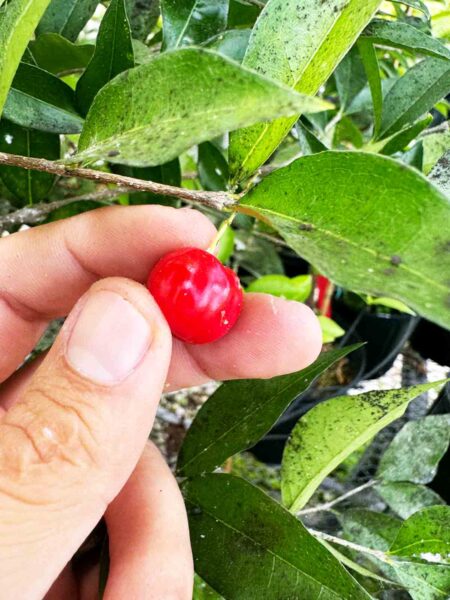NICEVILLE, Fla — What plant is found in landscapes but is poorly available in most local nurseries, is closely related to okra and cotton but is called a rose and produces showy fall flowers that turn from white to pink or red? Give up?
The plant is commonly called confederate rose. Some people call it cotton rose. Its botanical name is Hibiscus mutabilis.

Confederate roses usually begin blooming in late summer and continue to flower well into fall. During this time, I receive phone calls from homeowners wanting to know what it is and where to purchase it.
Despite its common name, it is not a member of the rose family. It belongs to the mallow family, which includes numerous ornamentals, cotton and okra. It is a true hibiscus.
This plant usually finds its way into other landscapes simply by one gardener sharing seed or a cutting with another gardener.
It’s easy to propagate. New plants can be started in the spring from seed or from 8-inch-long terminal cuttings taken during spring, summer and early fall. Cuttings can be rooted in a conventional propagation bed or even in a glass of water.
There are several forms of confederate roses growing in southern landscapes. The cultivar known as ‘Rubus’ has deep pink flowers. ‘Plena’ has double white flowers that change to pink or red on the second day. The older, original types have double flowers that open white in the morning and gradually turn pink in the afternoon.
Even though confederate rose is not very impressive during the spring and summer with its cotton or okra like leaves, you may find it a worthwhile landscape plant as it produces its large flowers (some up to 6 inches across) in late summer and fall.
As with other hibiscus species, plants need at least six hours of sun each day during the growing season. They are not particular about soil type but avoid applying excessive amounts of fertilizer. Light fertilization, once in spring and again in midsummer, would be beneficial where soils are sandy. Too much fertilizer can result in few blooms and lots of vegetative growth.
With proper care, an individual plant should grow into a 15-foot tall bush during a single season. But expect the entire plant to be killed to the ground during the winter. The plant usually sprouts rapidly from the crown the following spring, though.
Larry Williams is the Extension horticulture agent with the Okaloosa County Cooperative Extension Service, University of Florida. Contact Larry at 689-5850 or email lwilliams@myokaloosa.com.





